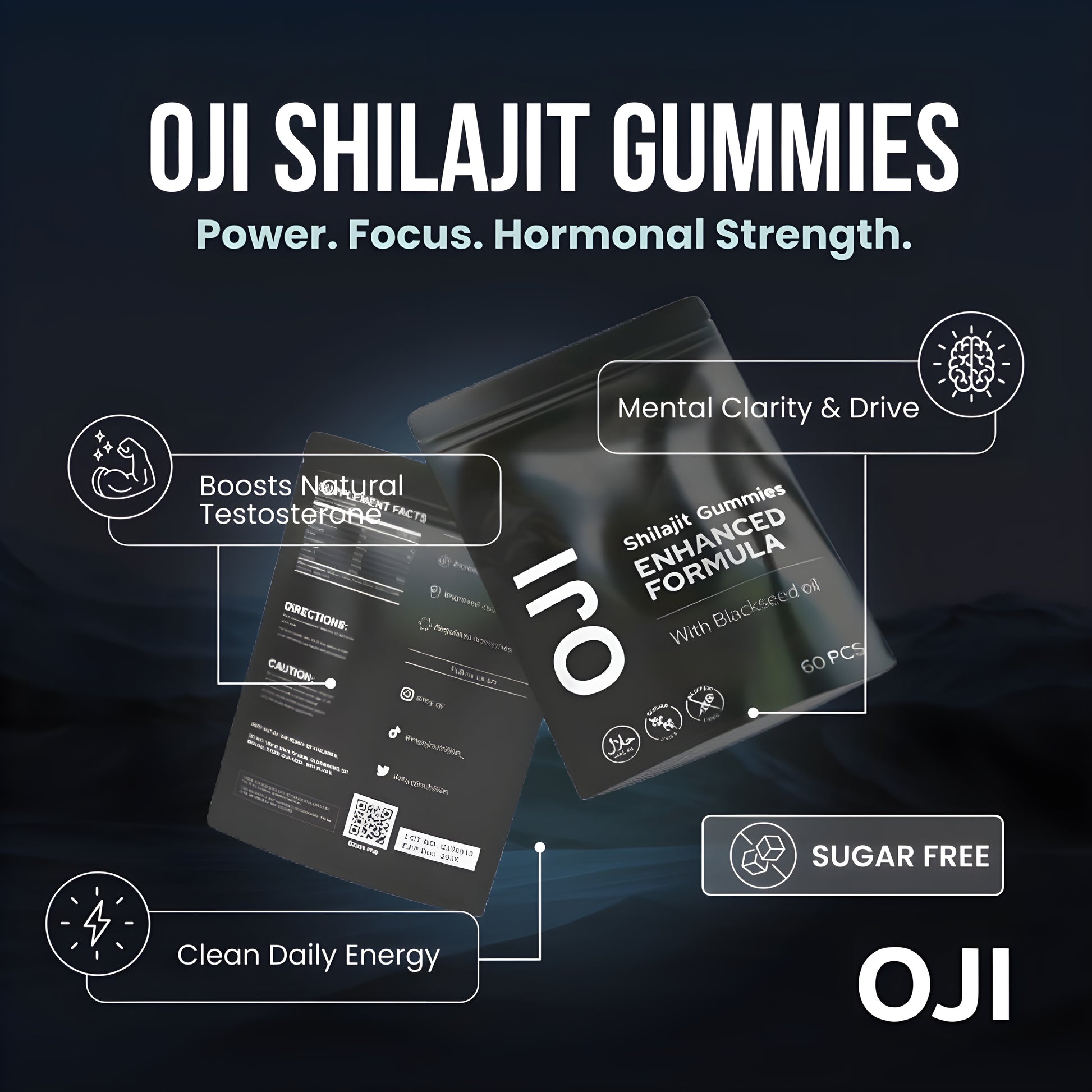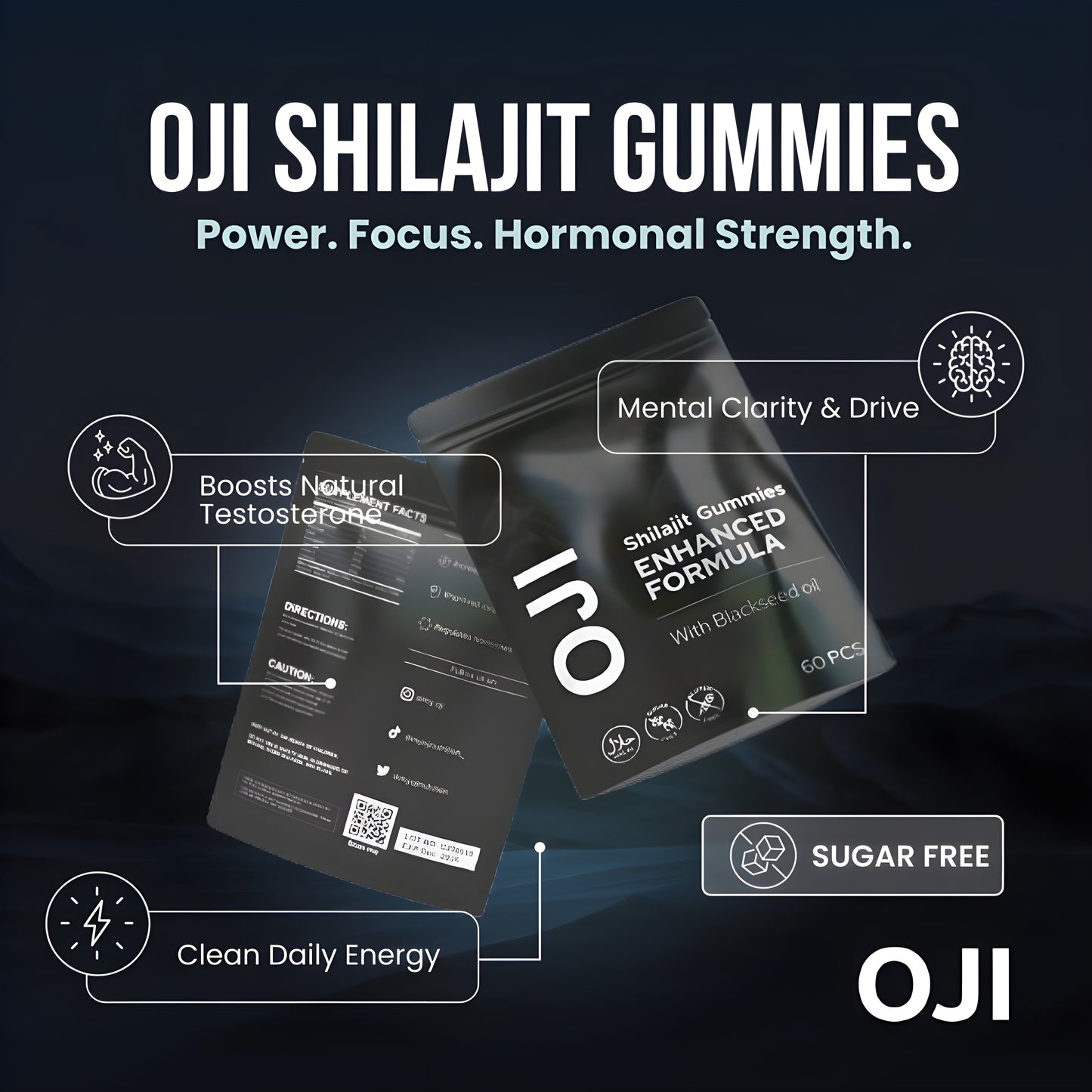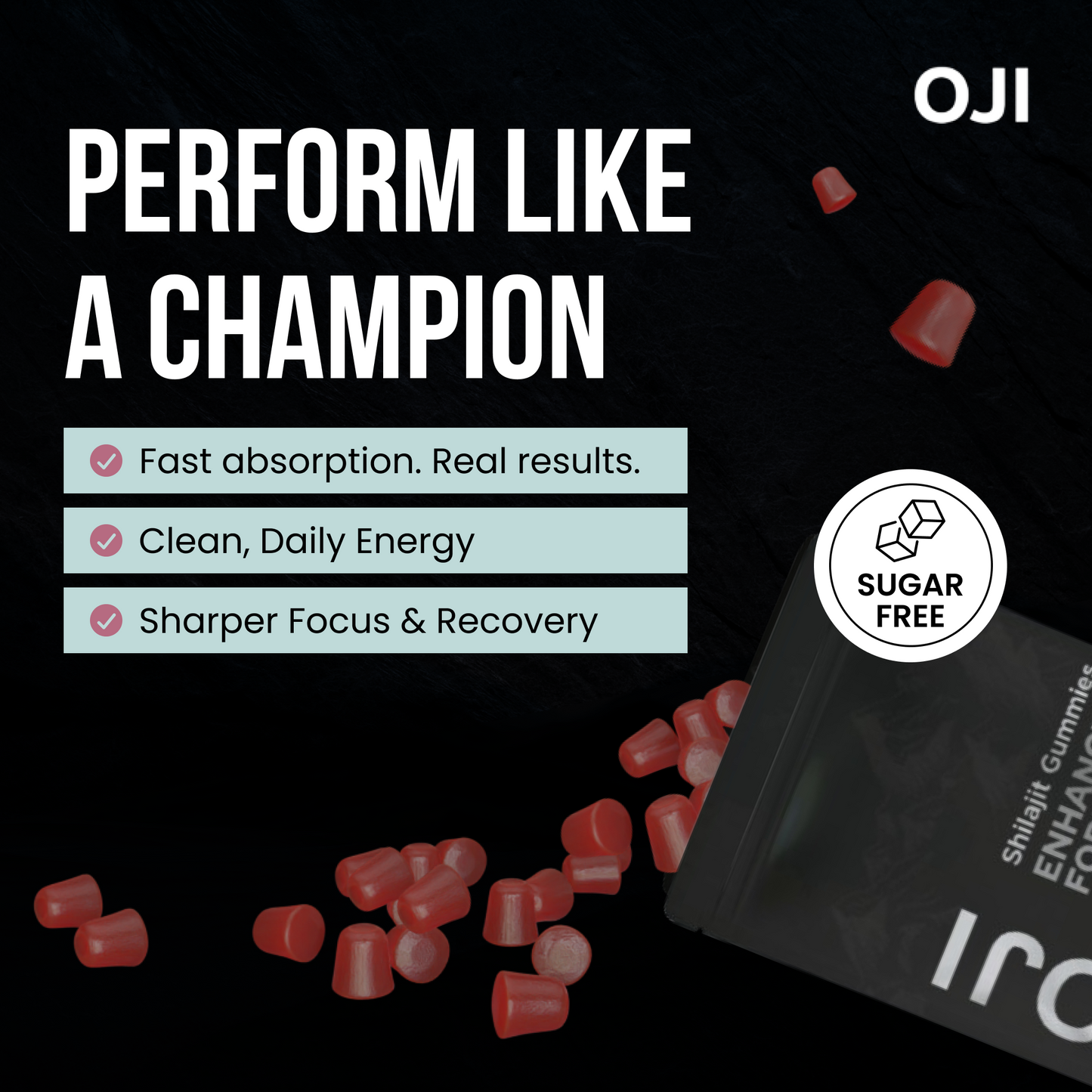In our fast-paced world, hormonal imbalances are increasingly common, affecting everything from our energy levels and mood to our metabolism and overall vitality. While many solutions can seem complex or overwhelming, the path to regaining control is often found in simple, consistent daily practices. This comprehensive guide moves beyond generic advice to provide a practical toolkit of evidence-based, natural ways to balance hormones. We will explore a series of powerful, actionable strategies you can integrate into your life immediately to support your body's endocrine system.
This is not a list of vague suggestions; it is a detailed roadmap. You will learn how to implement specific protocols that address the root causes of hormonal disruption. We will cover how to:
- Synchronise your internal body clock for optimal hormone production.
- Leverage targeted nutrition, including anti-inflammatory foods and strategic fasting.
- Incorporate specific exercise and stress-management techniques.
- Optimise your gut health to support a stable hormonal environment.
Think of this article as your practical manual for reclaiming your body's natural equilibrium. By focusing on these foundational pillars of health, you can build a sustainable framework for lasting energy, mental clarity, and well-being. Let's begin the journey to restore your vitality from the inside out.
1. Circadian Rhythm Optimisation
Synchronising your internal body clock with the natural 24-hour cycle of light and darkness is one of the most powerful natural ways to balance hormones. This internal clock, known as your circadian rhythm, directly orchestrates the release of critical hormones, including cortisol, melatonin, insulin, and growth hormone. It essentially acts as the master conductor for your body's entire hormonal orchestra.
When your lifestyle is out of sync with this rhythm, such as through inconsistent sleep, late-night screen time, or erratic meal schedules, the hormonal signals become dysregulated. This can disrupt the hypothalamic-pituitary-adrenal (HPA) axis, the central command system for your stress response and overall hormonal balance. By consciously aligning your daily habits with your innate biological clock, you provide your body with the fundamental stability it needs for optimal hormone production and function.
Actionable Steps for Circadian Alignment
Implementing this strategy is about simple, consistent actions that tune into your body's natural cues. Think of it as setting the foundation upon which all other hormonal health efforts are built.
Here are specific, actionable steps you can take starting today:
- Get Morning Sunlight: Step outside for 10-15 minutes within 30 minutes of waking. Leave your sunglasses off. This simple action anchors your circadian clock, triggering a healthy cortisol rise and setting the timer for melatonin release later that evening.
- Block Evening Blue Light: For 1-2 hours before bed, turn off bright overhead lights and avoid screens (phones, tablets, TVs). If you must use a screen, wear a pair of quality blue-light-blocking glasses. This allows your brain to produce melatonin, the hormone of sleep.
- Stick to a Consistent Sleep Schedule: Go to bed and wake up at the same time every day, including weekends. This consistency reinforces your sleep-wake cycle, making it easier to fall asleep and wake up feeling refreshed. Keep your bedroom cool, between 18-20°C, to promote deep sleep.
For a quick reference, the following infographic summarises the most impactful daily habits for circadian optimisation.

As the key takeaways illustrate, simple adjustments to your light exposure, sleep environment, and meal timing create a powerful framework for hormonal health. These three pillars work together to regulate the entire endocrine system, proving that how and when you do things can be just as important as what you do.
2. Adaptogenic Herb Therapy
Harnessing the power of adaptogenic herbs is a time-honoured strategy for enhancing resilience and constitutes one of the most effective natural ways to balance hormones. Adaptogens are unique botanicals that help your body adapt to physical, chemical, and biological stressors. They work by modulating the hypothalamic-pituitary-adrenal (HPA) axis, your body's central stress response system, promoting equilibrium rather than pushing the body in one specific direction.

This bidirectional capability is what makes adaptogens so remarkable; they can energise a sluggish system or calm an overactive one, helping to achieve hormonal homeostasis. By supporting adrenal function and normalising cortisol rhythms, these plants provide a foundational buffer against the disruptive effects of chronic stress, which is a primary driver of hormonal imbalance in modern life.
Actionable Steps for Using Adaptogens
Integrating adaptogens is about strategic and consistent use to support your body's innate intelligence. This is not a quick fix but a long-term approach to building resilience.
Here are specific, actionable steps for incorporating them effectively:
- Start with One Herb at a Low Dose: Choose a single adaptogen to begin with, such as Ashwagandha for stress or Maca root for sex hormone support. Start with the lowest recommended dose on the product label to see how your body responds.
- Take it Consistently: To experience the full benefits, take your chosen adaptogen daily for at least 6-8 weeks. Hormonal balance is a long-term game, and the effects are cumulative. You can learn more about how to use Ashwagandha to combat stress effectively.
- Cycle Your Adaptogens: To maintain their effectiveness, take a 1-2 week break after using an herb for 6-8 weeks. You can then resume the same one or switch to another to target different pathways.
- Time Your Doses: Take stimulating adaptogens like Rhodiola or Ginseng in the morning to support daytime energy. Take calming adaptogens like Ashwagandha in the evening to promote relaxation and improve sleep quality.
3. Intermittent Fasting Protocols
Structuring your eating patterns to cycle between periods of fasting and eating is a highly effective strategy among the natural ways to balance hormones. Known as intermittent fasting (IF), this approach isn't a diet dictating what you eat, but rather a schedule dictating when you eat. It directly influences key metabolic hormones, including insulin, growth hormone, and leptin, by leveraging your body's innate ability to switch between using glucose and fat for fuel.

When you fast, your body's demand for insulin decreases, which can significantly improve insulin sensitivity over time. This reduction in circulating insulin allows other hormones, like human growth hormone (HGH), to rise. HGH is crucial for cellular repair, metabolism, and muscle preservation. By intentionally giving your digestive system a rest, you create a powerful metabolic environment that reduces inflammation and enhances hormonal communication throughout your body.
Actionable Steps for Implementing Intermittent Fasting
Adopting intermittent fasting is about finding a sustainable protocol that complements your lifestyle and hormonal needs. It’s not about severe restriction but strategic timing.
Here are specific, actionable steps to get started:
- Start with a 12-Hour Fast: This is the easiest entry point. Simply finish dinner by 8 p.m. and have breakfast at 8 a.m. Once this feels easy, gradually extend your fasting window to 14 or 16 hours.
- Hydrate During Your Fast: Drink plenty of water, herbal teas, or black coffee to stay hydrated and manage hunger. A pinch of high-quality salt in your water can help maintain electrolyte balance.
- Break Your Fast with Nutrients: When your eating window opens, prioritise a meal rich in protein, healthy fats, and fibre. This will replenish your body and keep you full, preventing blood sugar crashes.
- Adjust for Your Cycle (For Women): Pay close attention to your energy and mood. If you feel overly stressed, consider shortening your fasting window or avoiding fasting in the week leading up to your period (luteal phase).
4. Omega-3 and Anti-Inflammatory Nutrition
Adopting a nutritional strategy centred on omega-3 fatty acids and anti-inflammatory foods is a cornerstone of balancing hormones naturally. Chronic inflammation can wreak havoc on the endocrine system, disrupting communication between glands and impairing hormone receptor sensitivity. Healthy fats, particularly omega-3s, are the direct building blocks for many hormones, including the steroid hormones produced from cholesterol, and are essential for creating anti-inflammatory messengers called prostaglandins.
This approach works by tackling two key issues simultaneously: it provides the raw materials your body needs for hormone synthesis and it actively reduces the systemic inflammation that disrupts hormonal balance. When inflammatory triggers like processed foods, refined sugars, and unhealthy fats are minimised, and nutrient-dense, anti-inflammatory foods are prioritised, you create an internal environment where hormones can be produced and utilised efficiently. This nutritional shift helps to regulate insulin, manage cortisol, and support thyroid function.
Actionable Steps for Anti-Inflammatory Eating
This strategy is about consciously choosing foods that quell inflammation and provide essential hormonal building blocks. The focus is on adding beneficial nutrients rather than just subtracting harmful ones.
Here are specific, actionable steps you can take:
- Eat Fatty Fish Weekly: Add 2-3 servings of oily fish like wild-caught salmon, mackerel, or sardines to your meals each week. They are packed with the most potent anti-inflammatory omega-3s (EPA and DHA). If you don't eat fish, choose a high-quality fish or algae oil supplement.
- Cook with Healthy Fats: Use extra virgin olive oil and avocado oil for cooking and dressings. Add a daily serving of nuts and seeds like walnuts, flaxseeds, or chia seeds to smoothies, salads, or porridge for a plant-based omega-3 boost.
- Eat a Rainbow of Vegetables: Fill at least half of your plate with colourful vegetables at every meal. Their antioxidants and phytonutrients directly fight inflammation. Add anti-inflammatory spices like turmeric and ginger to your cooking.
- Reduce Inflammatory Foods: Make a conscious effort to cut back on ultra-processed foods, sugary drinks and snacks, and refined vegetable oils (like sunflower and corn oil). These are known to drive inflammation and disrupt hormonal signals.
5. Stress Management and Meditation Practices
Adopting a holistic approach to stress reduction is a cornerstone of any strategy for natural ways to balance hormones. Chronic stress is a primary antagonist to hormonal equilibrium, dysregulating the hypothalamic-pituitary-adrenal (HPA) axis and flooding the body with cortisol. This constant "fight or flight" state diverts resources away from crucial processes like reproduction and metabolism, impacting everything from thyroid function to insulin sensitivity and sex hormone production.
By actively managing stress through practices like meditation and mindfulness, you directly address the mind-body connection in hormone regulation. These techniques help down-regulate your sympathetic nervous system (the stress response) and activate your parasympathetic nervous system (the "rest and digest" state). This conscious shift gives your endocrine system the space it needs to recalibrate, normalising cortisol levels and allowing other hormones to function optimally.
Actionable Steps for Stress Regulation
Implementing this strategy is about building a consistent practice that interrupts the cycle of chronic stress. It's about improving your physiological response to it.
Here are specific, actionable steps you can take:
- Start a 5-Minute Daily Meditation: Download a guided meditation app like Headspace or Calm and commit to a single 5-minute session each morning. Consistency is more important than duration when building the habit.
- Use Box Breathing in Stressful Moments: When you feel overwhelmed, stop and practise "box breathing": inhale for 4 seconds, hold for 4 seconds, exhale for 4 seconds, and hold for 4 seconds. Repeat 5 times. This simple tool is used by first responders to rapidly lower cortisol.
- Schedule Mindful Movement: Incorporate one session of yoga or tai chi into your weekly routine. These practices are proven to lower stress hormones and improve hormonal profiles in conditions like PCOS.
- Create a No-Phone Zone: Designate a specific time and place—like your bedroom or dinner table—as a phone-free zone. This simple boundary reduces constant digital stimulation and allows your nervous system to relax.
6. Targeted Exercise and Movement Therapy
Moving your body is non-negotiable for hormonal health, but a strategic approach that tailors exercise to your specific needs is one of the most effective natural ways to balance hormones. This concept, known as Targeted Exercise and Movement Therapy, recognises that not all exercise is created equal. Different types of movement trigger distinct hormonal responses, and the "right" exercise can stimulate beneficial hormones while avoiding excessive stress on the endocrine system.
The wrong type or amount of exercise can backfire, increasing cortisol and disrupting the very balance you seek to achieve. For example, excessive chronic cardio can elevate stress hormones and suppress reproductive function. In contrast, a well-designed programme uses specific movement patterns to improve insulin sensitivity, boost testosterone, support thyroid function, and manage stress. It’s about working smarter, not just harder, to create a positive hormonal cascade.
Actionable Steps for Hormonal Alignment
Implementing this strategy means moving away from a one-size-fits-all workout plan and towards a more intuitive, targeted approach. It’s about prescribing yourself the precise movement "dose" your body needs.
Here are specific, actionable steps you can take:
- Schedule 2-3 Resistance Workouts per Week: Focus on compound movements like squats, lunges, push-ups, and rows. This type of training is superior for improving insulin sensitivity and supporting healthy testosterone and growth hormone levels.
- Add 1-2 Short HIIT Sessions: Instead of long cardio, try High-Intensity Interval Training (HIIT). A 15-20 minute session of short, all-out bursts (like sprints or burpees) followed by rest periods is highly effective for boosting metabolism without raising cortisol excessively.
- Walk Every Day: Aim for a 20-30 minute walk daily, especially after meals. This gentle movement helps lower cortisol, manage blood sugar, and supports your "rest-and-digest" nervous system.
- Prioritise Rest Days: Schedule at least one full rest day per week and allow 48 hours between training the same major muscle groups. Hormones rebuild and rebalance during recovery, not during the workout.
7. Sleep Optimisation and Recovery Protocols
Optimising your sleep is a non-negotiable cornerstone for hormonal health. Sleep is not a passive state of rest; it is an active period of intense hormonal activity where your body repairs tissues, consolidates memories, and meticulously rebalances its endocrine system. Key hormones like growth hormone, prolactin, testosterone, and the stress hormone cortisol are all regulated on a strict sleep-wake schedule.
When sleep duration or quality is compromised, this delicate hormonal symphony is thrown into disarray. Chronic sleep deprivation elevates cortisol, disrupts insulin sensitivity, and suppresses crucial anabolic hormones. This imbalance can lead to increased appetite, fat storage, and impaired cognitive function. Prioritising sleep optimisation is one of the most effective natural ways to balance hormones, creating the essential foundation for recovery and resilience.
Actionable Steps for Sleep and Recovery
This strategy is about creating a sacred, non-negotiable space for high-quality rest. It requires a conscious effort to design an environment and a routine that signals to your body it's time for deep recovery.
Here are specific, actionable steps you can implement tonight:
- Set a Strict Bedtime and Wake-Up Time: Go to bed and wake up within the same 30-minute window every day, even on weekends. This consistency is the single most powerful way to regulate your sleep-wake hormones.
- Make Your Bedroom a "Cave": Ensure your room is cool (18-20°C), completely dark (use blackout curtains or an eye mask), and quiet (use earplugs or a white noise machine). Reserve the bedroom for sleep and intimacy only.
- Enforce a Caffeine Curfew: Stop all caffeine intake at least 8-10 hours before your bedtime. This includes coffee, most teas, and dark chocolate. Caffeine's long half-life can disrupt deep sleep even if you fall asleep easily.
- Create a 60-Minute Wind-Down Routine: In the hour before bed, turn off all screens. Instead, read a physical book, do some gentle stretching, take a warm bath, or listen to calming music. This ritual lowers stress hormones and prepares your brain for sleep. For those needing extra support, you can learn more about supplements for better sleep on myoji.co.uk.
8. Gut Health and Microbiome Optimisation
Optimising your digestive health is a cornerstone strategy among the natural ways to balance hormones. Your gut microbiome, the complex ecosystem of trillions of bacteria and other microbes in your digestive tract, is not just for digestion; it's a critical endocrine organ in its own right. This microbial community actively produces and metabolises hormones, influences insulin sensitivity, and communicates directly with your brain via the gut-brain axis.
A dysregulated microbiome can lead to significant hormonal imbalances. For instance, specific gut bacteria are responsible for metabolising oestrogen through an enzyme called beta-glucuronidase. When this process is impaired, it can lead to either oestrogen deficiency or dominance. By nurturing a healthy gut environment, you support this intricate system, allowing it to properly regulate key hormones and maintain systemic balance.
Actionable Steps for Microbiome Enhancement
Improving gut health is about creating a nourishing environment where beneficial microbes can thrive. This approach addresses the root cause of many hormonal issues.
Here are specific, actionable steps you can take:
- Eat One Fermented and One Prebiotic Food Daily: Add a serving of a fermented food like kefir, sauerkraut, or kimchi to your diet for probiotics. Also, include a prebiotic-rich food like onions, garlic, or asparagus to feed those good bacteria.
- Reduce Gut-Harming Foods: Minimise your intake of ultra-processed foods, artificial sweeteners (like aspartame and sucralose), and unnecessary antibiotics. These are known to damage the delicate gut microbiome.
- Practise Mindful Eating: Chew your food thoroughly and eat without distractions. This simple act improves digestion and nutrient absorption, reducing stress on your gut.
- Consider a Probiotic Supplement: If you're dealing with significant digestive issues, a multi-strain probiotic supplement can help repopulate your gut with beneficial bacteria. Look for one with at least 10 billion CFUs.
8 Natural Hormone-Balancing Methods Comparison
| Method | Implementation Complexity 🔄 | Resource Requirements ⚡ | Expected Outcomes 📊 | Ideal Use Cases 💡 | Key Advantages ⭐ |
|---|---|---|---|---|---|
| Circadian Rhythm Optimization | Moderate - requires lifestyle changes and consistency | Low cost; mostly lifestyle adjustments | Improved hormone regulation, energy, mood, weight management | Shift workers, travelers, those with sleep issues | Addresses root cause, no supplements needed |
| Adaptogenic Herb Therapy | Moderate to High - requires correct herb selection and consistent use | Moderate - quality extracts may be costly | Gradual hormone balancing, reduced stress, adrenal support | Chronic stress, adrenal fatigue, hormone imbalance | Gentle, adaptable, multiple hormone systems |
| Intermittent Fasting Protocols | Moderate - requires meal timing discipline | Low cost; no special foods needed | Enhanced insulin sensitivity, growth hormone increase, weight management | Metabolic syndrome, weight loss, insulin resistance | Strong research base, flexible protocols |
| Omega-3 & Anti-Inflammatory Nutrition | Moderate - dietary changes and planning needed | Moderate - high-quality omega-3 can be expensive | Reduced inflammation, improved hormone synthesis | Inflammation-driven hormone imbalance, cardiovascular health | Addresses inflammation, multiple nutrient benefits |
| Stress Management & Meditation | Low to Moderate - requires consistent daily practice | Low to no cost | Reduced cortisol, improved mood and sleep, hormonal balance | Chronic stress, anxiety, hormone disruption | Immediate & long-term benefits, accessible |
| Targeted Exercise Therapy | Moderate - requires planning and consistency | Variable - may need equipment or gym | Increased anabolic hormones, improved insulin sensitivity | PCOS, menopause, testosterone support | Multi-benefit health improvements |
| Sleep Optimization & Recovery | Moderate - environmental and lifestyle changes needed | Low to moderate - some tools/supplements | Better growth hormone peaks, cortisol regulation, recovery | Insomnia, shift work, overall hormone recovery | Fundamental to hormone health, quick improvements |
| Gut Health & Microbiome | Moderate to High - requires personalized approach | Moderate to High - testing and supplements | Improved hormone metabolism, estrogen detox, insulin sensitivity | Autoimmune, thyroid issues, estrogen metabolism | Addresses root causes, broad health impact |
Your Path Forward: Integrating Natural Balance into Your Life
Navigating the complex world of hormonal health can feel overwhelming, but as we’ve explored, you hold a remarkable amount of power to influence it. The journey towards equilibrium isn’t about chasing a fleeting, perfect state; it’s about building a resilient, adaptable system through consistent, mindful choices. The eight pillars we've detailed, from optimising your circadian rhythm to nourishing your gut microbiome, are not isolated fixes. Instead, they are interconnected threads that, when woven together, create a strong fabric of well-being. Think of this as a personalised toolkit, not a rigid prescription. You don’t need to master all eight strategies overnight. The most profound and lasting change comes from small, sustainable steps.
The core takeaway is this: your body has an innate desire to find balance. Your role is to remove the obstacles and provide the right support. By embracing these natural ways to balance hormones, you are addressing the root causes of dysfunction, not just masking the symptoms. You are speaking your body’s language through nourishing foods, restorative sleep, intelligent movement, and conscious stress management. This holistic approach fosters a positive feedback loop: better sleep enhances your stress response, a healthier gut improves nutrient absorption for hormone production, and balanced meals provide stable energy for effective exercise. Each positive change amplifies the next, creating momentum towards renewed vitality.
Your Actionable Next Steps: A Practical Blueprint
To prevent feeling overwhelmed, let’s translate this knowledge into a concrete action plan. This is where the journey truly begins.
-
Start with an Audit, Not an Overhaul: Take a moment to reflect on the eight areas. Which one feels most out of sync in your life right now? Is it erratic sleep? Chronic stress from work? A diet heavy in processed foods? Choose the one or two areas that resonate most deeply or seem the most achievable to tackle first. For instance, if sleep is your biggest challenge, focus solely on creating a wind-down routine and a consistent bedtime for the next two weeks.
-
Commit to Small, Specific Changes: Instead of a vague goal like "eat healthier," get specific. A better goal would be, "I will add a source of healthy fats, like avocado or a handful of walnuts, to my lunch every day this week." Instead of "manage stress better," try, "I will practise a five-minute guided meditation using an app every morning before checking my phone." These small, measurable actions build confidence and create habits that stick.
-
Practise Patient Consistency: Hormonal shifts don’t happen overnight. It took time for imbalances to develop, and it will take time to guide your body back to its centre. Be patient with the process and resist the urge to abandon a new habit if you don't feel immediate results. Consistency is far more powerful than perfection. If you miss a day of meditation or indulge in a sugary treat, simply get back on track with your next choice. Celebrate your consistency, not flawlessness.
-
Listen and Adapt: Your body is your greatest source of feedback. Pay attention to the subtle signals it sends you. Are you feeling more energetic in the mornings? Is your mood more stable throughout the day? Are your cravings diminishing? Use this feedback to guide your next steps. What feels good? What doesn’t? This is an intuitive dance, and learning to listen is a skill that will serve you for a lifetime.
Embracing these natural ways to balance hormones is an act of profound self-care. It's a commitment to honouring your body’s intricate design and unlocking the energy, clarity, and resilience that are rightfully yours. This path is not about restriction; it is about intentional living and providing your body with the foundational support it needs to thrive in a modern world.
For those looking to amplify their efforts and provide their body with targeted nutritional support, consider integrating a high-quality adaptogenic formula into your daily routine. Oji Shilajit is specifically designed to complement these lifestyle strategies by enhancing your body's resilience to stress and supporting hormonal equilibrium with its potent blend of fulvic acid and trace minerals. Discover how you can further support your journey towards balance at Oji Shilajit.





